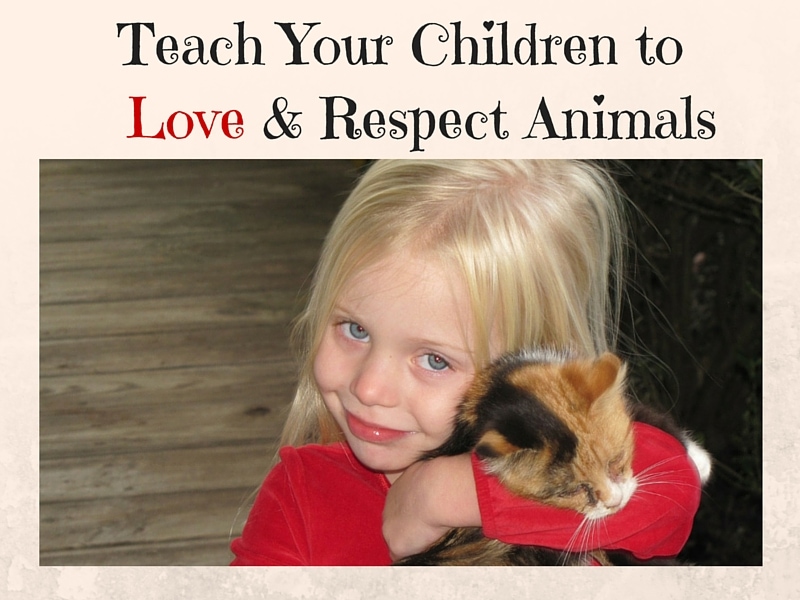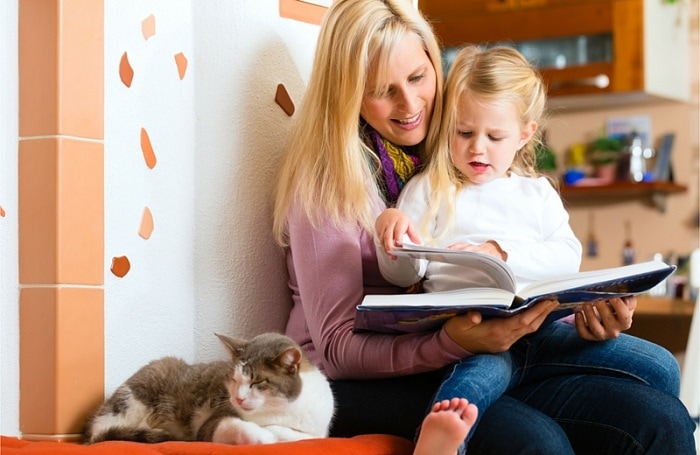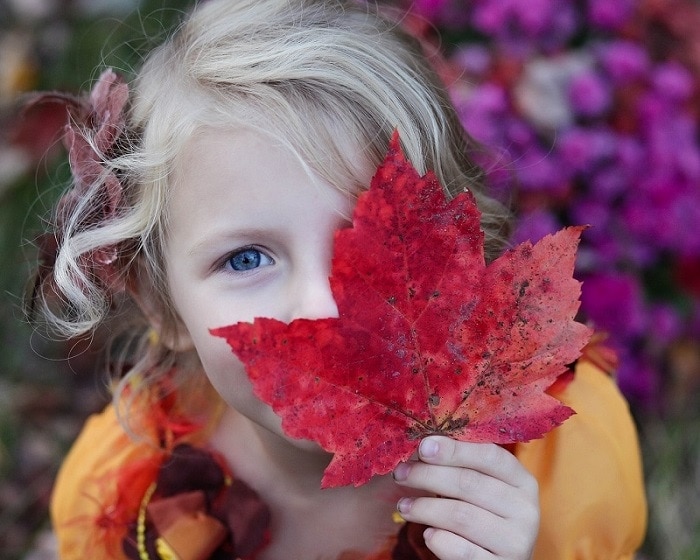Toddlers And Pets: How to Teach Respect and Compassion
When children are very young, around the ages of two, three and four, they simply don’t understand how to treat animals. Allowing them unsupervised contact with pets can be a recipe for disaster.

Your little one may not realize that they are being rough with your pet, and in turn, your pet may become nervous around your child. There are, however, a few ways to ensure that your toddler treats your animal with the respect it deserves, creating a safer household for all members of the family.
Table of Contents
1. Never leave your child alone with your pet.
Even just a few minutes of unsupervised contact can lead to a dangerous situation. Most children do not set out with the intention of harming an animal. However, being young and naturally boisterous, anything can happen. Similarly, your pet may be friendly and playful, but they could still harm your child. For example, if a large dog were to jump on a toddler and knock him to the ground, the child could sustain injuries. Regardless of whether you have a dog or a fish, make sure to supervise your child at all times.
2. Read stories about animals
Go to the library and pick out books about caring for animals. You can also choose stories that simply show children and pets engaging in appropriate interactions with one another. Reinforce the message that it is important to always be gentle with animals. Talk about how the pet might feel if the child is too rough with him. Practice kind behaviors in a supervised setting.
3. Lead By Example
Like with anything else, you need to show your child how to interact with your pet through your own actions. For example, if you have a dog, show how your animal likes to be petted. Invite your child to join you during these interactions so you can guide their behaviors.
If you notice your child doing something that the pet doesn’t like, redirect them to a different behavior. For instance, “Milo does not like to have his tail pulled. Why don’t you pat him on his head instead?”
4. Do not allow your child to watch violent movies or television shows.
This should go without saying, but remember that mistreating animals is also violent behavior. Your child should not watch any show that depicts pets being harmed or teased.
If he or she accidentally sees something objectionable, immediately address the issue and talk about why it is not okay.
5. Discuss how to behave around “other” animals.
Your child will probably come into contact with animals outside your home. Some of these animals may be pets of your friends or family members. Others you may not know at all. Make sure your child understands that not all animals are friendly.
Therefore, they should never go up to another animal unless they have your permission. The last thing you want is for your child to receive an injury from an aggressive animal.
Despite your best efforts, some children may need more help interacting appropriately with their pets. Keep your little one and your pet separated until you know the situation is safe. Also, some animals may have difficulty with children. If your pet never warms up to your little one, it is probably in their best interest, and the best interest of your family, to find a different home for him.
It is possible for children and pets to live happily together. Implement these ideas as soon as possible to help your little one begin interacting appropriately with your pet.






